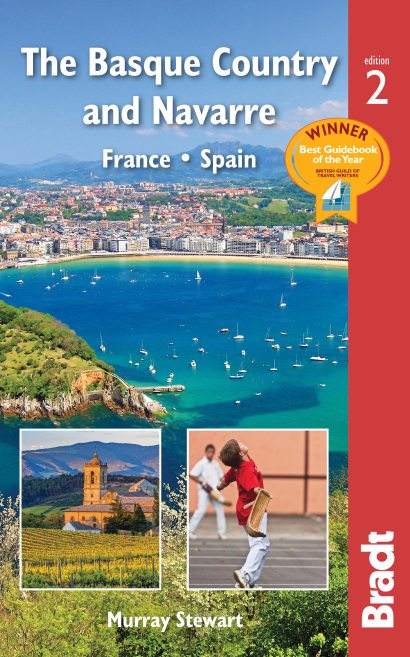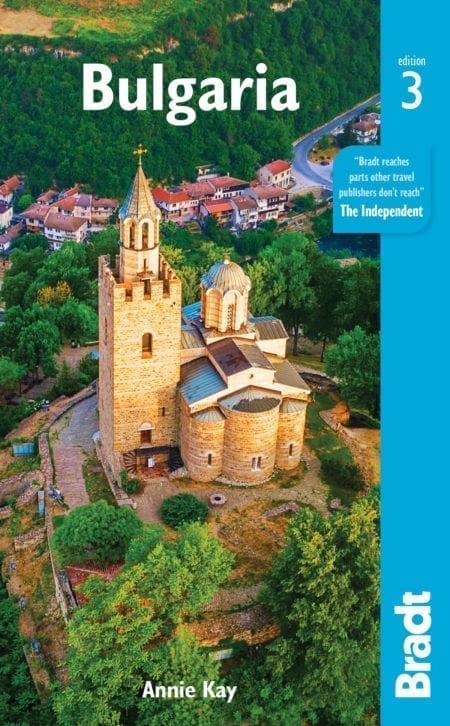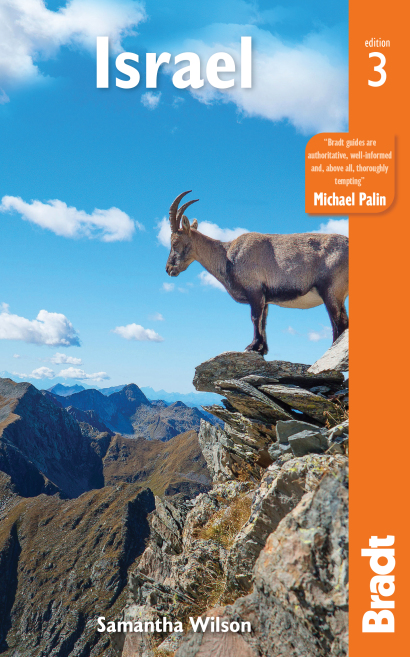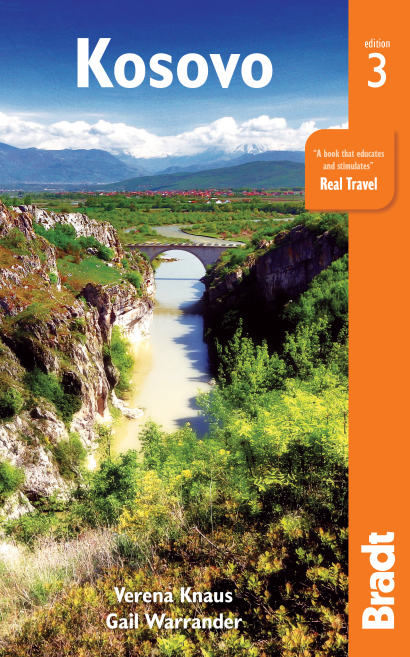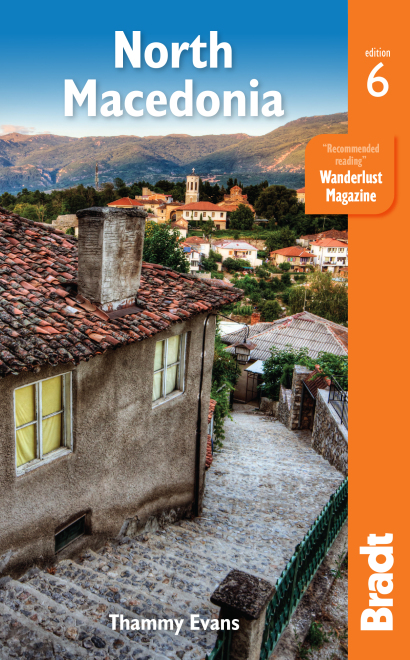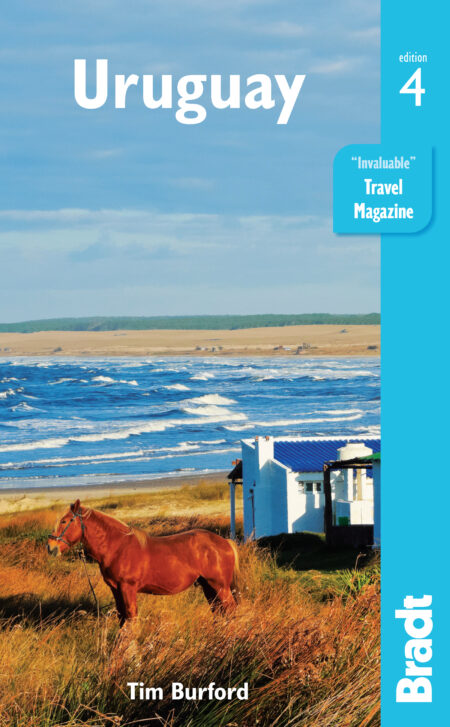When you think of world-class wine regions, the likes of Tuscany, southern France, New Zealand and South Africa will likely spring to mind. But what about Kosovo and Israel? If you are a wine lover (or just like to visit beautiful landscapes) then read on to discover the world’s best little-known wineries and vineyards.
Moselle Valley, Luxembourg
Often overshadowed by neighbouring France and Germany, Luxembourg boasts some of Europe’s smallest wine-growing regions – but don’t be fooled that size impacts on quality. The country’s home-produced Moselle wines are frequently excellent and a visit to this region is a must for wine enthusiasts, who may be pleasantly surprised by the prices. Several of the larger wineries have caves (literally cellars) that can be visited on a tour for a small fee, usually including a tasting.
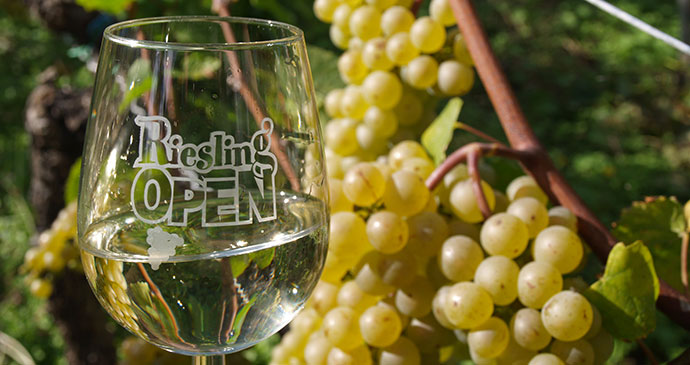
Besides buying wine, there are several wine museums here, and practically every village holds its own festival, with attendant tasting opportunities, naturally. The two biggest events are the Grevenmacher wine festival and the Riesling Open.
The Basque Country
With so much wine sloshing around the world, mention of the Basque Country in connection with the precious liquid may not immediately ring a bell with the amateur wine-drinker. But wine there is, on both sides of the Pyrenees. In the provinces of the Basque Autonomous Community, but especially in Gipuzkoa, the focus is firmly on txakoli the region’s white wine, light and with just a hint of sparkle.
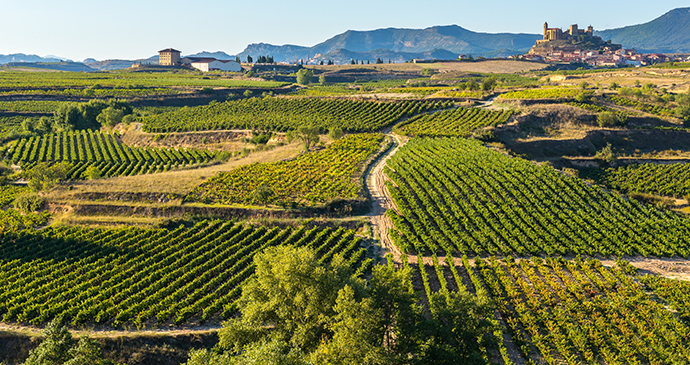
In Álava, some wines can legitimately but confusingly label themselves ‘Rioja’, as the neighbouring administrative region of La Rioja is not the only one permitted by the DO (denominación de origen) regulations to use the ‘Rioja’ name on its wines. North of the Pyrenees, the French Basque Country can lay claim to its own appellation, but its name – Irouléguy – is not one that is usually recognised by anyone other than a true wine expert.
Kakheti, Georgia
There’s been wine in Georgia almost as long as there have been Georgians: at least 6,000 years, or 8,000 vintages as Georgians prefer to put it. It seems that our word ‘wine’ derived from the Georgian ghvino. Wine is absolutely central to the Georgian lifestyle and to their self-image, and everyone (especially men) drinks large quantities and will want you to do the same. There are at least 525 varieties of grape in Georgia, and more or less every village produces its own wine, effectively semi-organically.
Many winemakers are now rediscovering the ancient qvevri method of natural wine-making, which was added to the UNESCO List of Intangible Heritage in 2013. Grapes are first trod by foot in a wooden trough or satsnakheli before being poured, stalks, pips, skins and all, into a qvevri, a large clay vessel. This juice is stirred four times a day for about ten days then left for 20–40 days, after which the skins, seeds and stalks (collectively known as chacha) may be removed before the wine is sealed up for malolactic fermentation over the winter (five to six months).
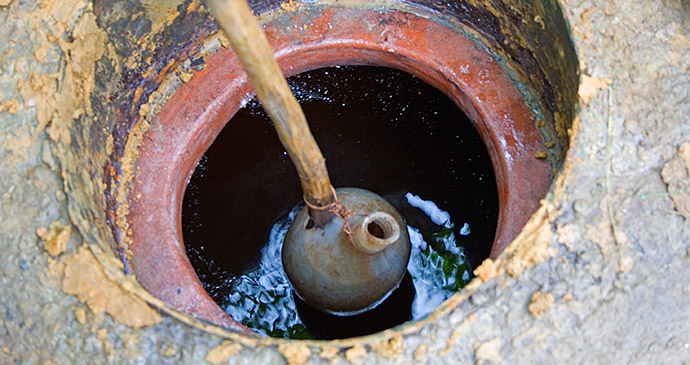
Kakheti, Georgia’s easternmost province, is undoubtedly the best place to go to sample the country’s qvevri wines. There are dozens of vineyards offering tours and tastings, or if you want to the full immersive experience, you can join the rtveli, or ‘grape harvest’, in September and October to celebrate the end of the agricultural cycle of the year. Be sure to bring a few bottles home with you in your suitcase – the best thing about Georgian wine is that not only is it fantastic, but it’s extremely cheap, too!
Canelones, Uruguay
Argentina is probably the place you think of when discussing South American wines, but neighbouring Uruguay‘s tipples should not be overlooked. The country’s wine scene is world-class, and there are dozens of wineries offering worthwhile tours and tastings, some barely 15 minutes from Montevideo.
Virtually all of Uruguay’s 270 or so wineries are small, family-run private businesses, most of which are found in the Montevideo and Canelones departments, where the vineyards are on a similar latitude to South Africa’s Stellenbosch region and Australia’s Barossa Valley.
One of the best wineries to visit is the Santa Rosa, founded in 1898 by Juan Passadore, who was responsible for introducing European grape varieties such as Cabernet Sauvignon, Merlot, Sauvignon Blanc and Pinot Blanc to Uruguay. The bodega is now run by the founder’s great-grandson, who speaks good English and handles tours for foreigners.
Bekaa Valley, Lebanon
It may not be the first thing that springs to mind when one thinks of Lebanon, but the country produces some excellent wines, which have won many international awards over the years.
In fact, Lebanon has a viniculture tradition as old as the Lebanese themselves, making the country one of the most ancient wine producers in the world. It now produces some seven million bottles annually and wine is now exported to more than 30 countries.
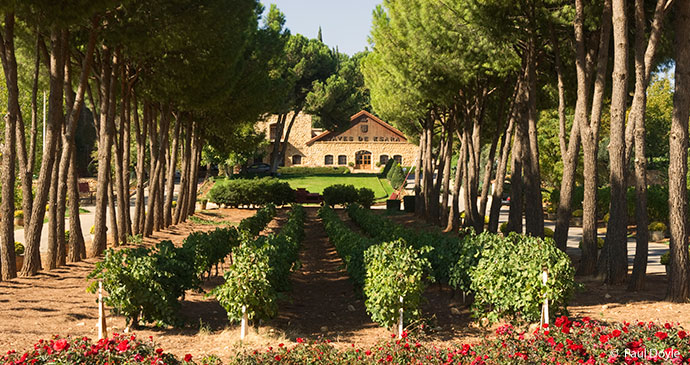
The Bekaa Valley has always been the epicentre for viniculture – the predominantly chalky soil, wet winters and long, dry, hot summers with some 240 days of continuous sunshine provide ideal growing and ripening conditions for grapes. If there is one winery that symbolises the tradition and importance of winemaking in Lebanon, it is the multi-award-winning Château Ksara, which is without doubt the best of Lebanon’s many vineyards and welcomes some 70,000 visitors each year.
Daily tours commence with a short film telling the history of the château and the process of winemaking followed by a free tasting session in the purpose-built tasting rooms; and conclude with a fascinating guided visit to the cobwebbed and dusty cellars, which hold some 900,000 bottles of the tipple including their 1918 vintage.
Rahovec, Kosovo
In southern Kosovo, the town of Rahovec is most famous for its wine and rightfully so, as even after near-total economic collapse with the break-up of Yugoslavia, a devastating war and general neglect, its wine industry has not only survived, but in many ways is also beginning to thrive with several great wineries opening their doors in recent years.
You’ll find a number of red ‘Wine Routes/Rruget e Veres’ signs scattered around the region, pointing out the various wineries and vineyards. The best of these is Stone Castle, the largest vineyard in Kosovo, whose Cabernet Sauvignon Reserve is said to be the best wine in the country.
If you’re in the region around the first week of September, don’t miss the Hardh Fest Wine Festival, held on the outskirts of Rahovec at the newly built Wine House, with traditional costumes, dancing, live music, tastings and displays of the local products.
Zichron Yaakov, Israel
Winemaking has been known in the area since pre-biblical times; indeed Noah’s first task after completing the Ark was to plant vines. In more recent history, however, the first attempts at viniculture in Palestine date back to 1885 when, during his struggle to make moshavot profitable, Rothschild brought experts from France to help plant vineyards in the small town of Zichron Yaakov.
The experiment was unsuccessful, but Israel has since managed to put itself on the prestigious wine map and now competes favourably with the giants of the wine world. Yet only in recent years has Israel been regarded as a producer of quality wine, a development owed mainly to the creation of the Golan Heights Winery which opened in 1983.
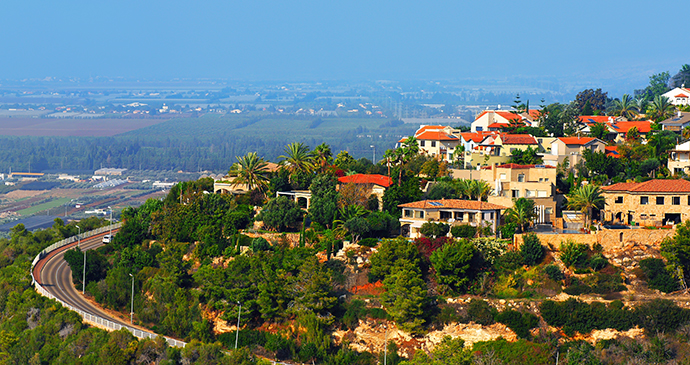
From the outset the winery was a success, with its second wine, a 1984 Cabernet Sauvignon, winning the gold medal at the International Wine and Spirit Competition. Its Yarden series is considered its most reputable and prestigious, notably the Cabernet Sauvignon and Merlot.
Today the country’s largest winemaker is the Rothschild-founded Carmel Winery in Zichron Yaakov, which produces over 13 million bottles a year and has three main series: the Selected, the Vineyard and the prestigious Rothschild, which includes Merlot, Cabernet Sauvignon, Chardonnay and Emerald Rieslings. Most of Israel’s wineries offer tours, and while the main attraction is the winemaking process and wine tasting, wineries tend to be located within some of the country’s most stunning landscapes.
Bulgaria
Although Bulgaria is a small country, it has a great variety of terrains and microclimates, and can produce wines of distinctive characters. The country has a long historical connection with wine; there is evidence of viticulture and winemaking in Thracian times. The Romans continued the winemaking tradition and expanded the area under cultivation.
Throughout the Middle Ages wine production thrived in Bulgaria, and even when the Ottoman Turks conquered the country it continued to prosper. Despite wine drinking being forbidden in the Koran, the Turks saw the financial benefits of allowing the successful business to continue. They even introduced dessert grapes from Asia Minor to develop the production of sweet wines.
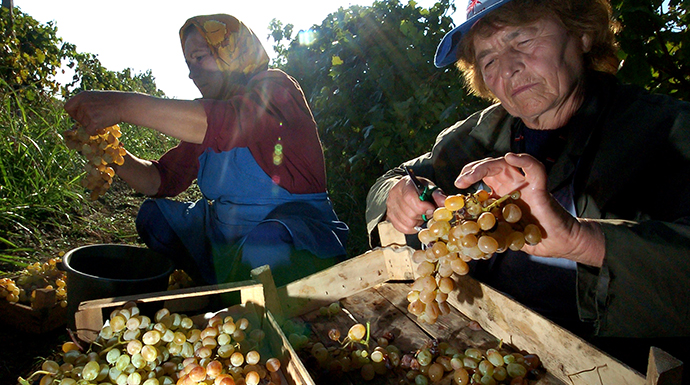
Nowadays Bulgaria’s winemakers are still fascinated by experiments with new grape varieties, but often blend them with indigenous grapes. Some older, almost forgotten varieties are being revived. Of the new varieties, Cabernet Franc has proved particularly successful.
Cabernet Sauvignon remains the dominant grape, but Merlot is increasingly popular. Other classic varieties include Chardonnay, Riesling, Sauvignon Blanc and Ugni Blanc. The indigenous grapes are Dimiat, Misket, Pamid, Gamza, Mavrud and Melnik.
Tikveš Plains, North Macedonia
Southeast of Skopje, the River Vardar bisects the ancient town of Veles before flowing on to Demir Kapija through the rich Tikveš Plain, an area renowned for its wines. Kavadarci is Macedonia’s wine capital, where the country’s biggest vineyard, Tikveš Wines, is based, but is rivalled by neighbouring Negotino, home to several smaller vineyards. Demir Kapija is home to the old royal Yugoslav winery, as well as the imposing Popova Kula tower, in a vineyard specialising in many indigenous varieties of wine.
The climate is mild, the area being only 45m above sea level at the lowest point of the River Vardar at the border town of Gevgelija. Although Macedonian wines are little known, they easily rival better-known wines from the Balkans, and vineyard visits and wine tastings are a great way to get to know them.
Small Carpathian Wine Route, Slovakia
The Small Carpathian Wine region, covering some 7,300ha, is the largest in Slovakia and, perhaps unexpectedly, produces many fine wines. The 40km route that weaves its way through the gorgeous Slovak countryside is complete with Gothic churches and belfries, Baroque chateaux, walled towns, the aroma of roast goose and brass band music.
February is the ideal time to explore this oft-overlooked region as dozens of wine cellars partake in The Days of Open Cellar Doors, opening their doors to the general public. The main wine-producing villages and towns on the route are Svätý Jur, Limbach, Pezinok, Slovenský Grob, Vinosady, Modra, Dubová, Častá and Doĺany.
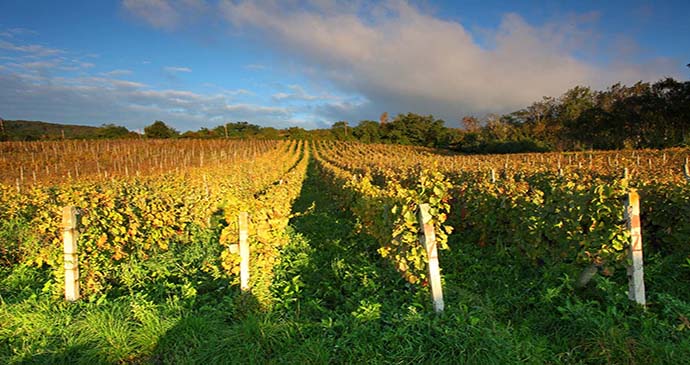
As alluded to above, Pezinok is one of the main towns on the Small Carpathian Wine Route and plays host to many events throughout the year, including wine festivals in February, May and September.
During these, dozens of wine cellars, often little more than a family house with a barrel in the basement, throw open their doors to wine lovers and tourists. The Small Carpathians Museum is an excellent introduction to the region, focusing on the wine business and the associated guilds, with a large collection of ancient wine presses.
Pico Island, Azores
The island was once famous for its fortified Verdelho wine and, in the last several years, more modern methods of cultivation and production are once again making saleable table wine. Originally the vines were grown in very small stone-wall enclosures to protect the plants from salt winds and to gain extra heat, and they are an extraordinary memorial to the tenacity and hard work of the earlier settlers.
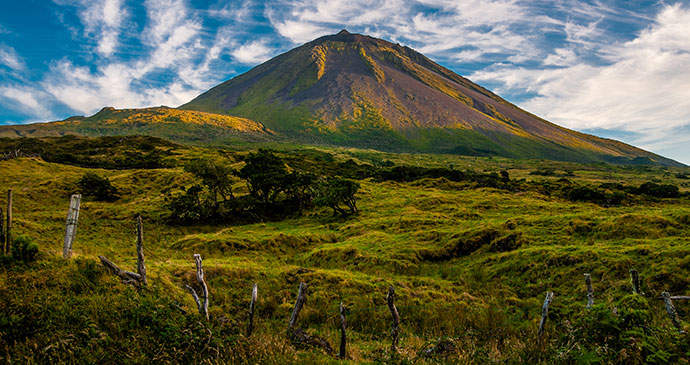
Extensive areas stretching along the western coast from just outside Madalena are so impressive that in 2002, UNESCO designated them a World Heritage Site. Just follow the ‘Patrimonial Mundial’ road signs to get a close-up at these compact vineyards. A visit to the winery followed by a tasting completes the picture.
More information
Discover more in our guides:
